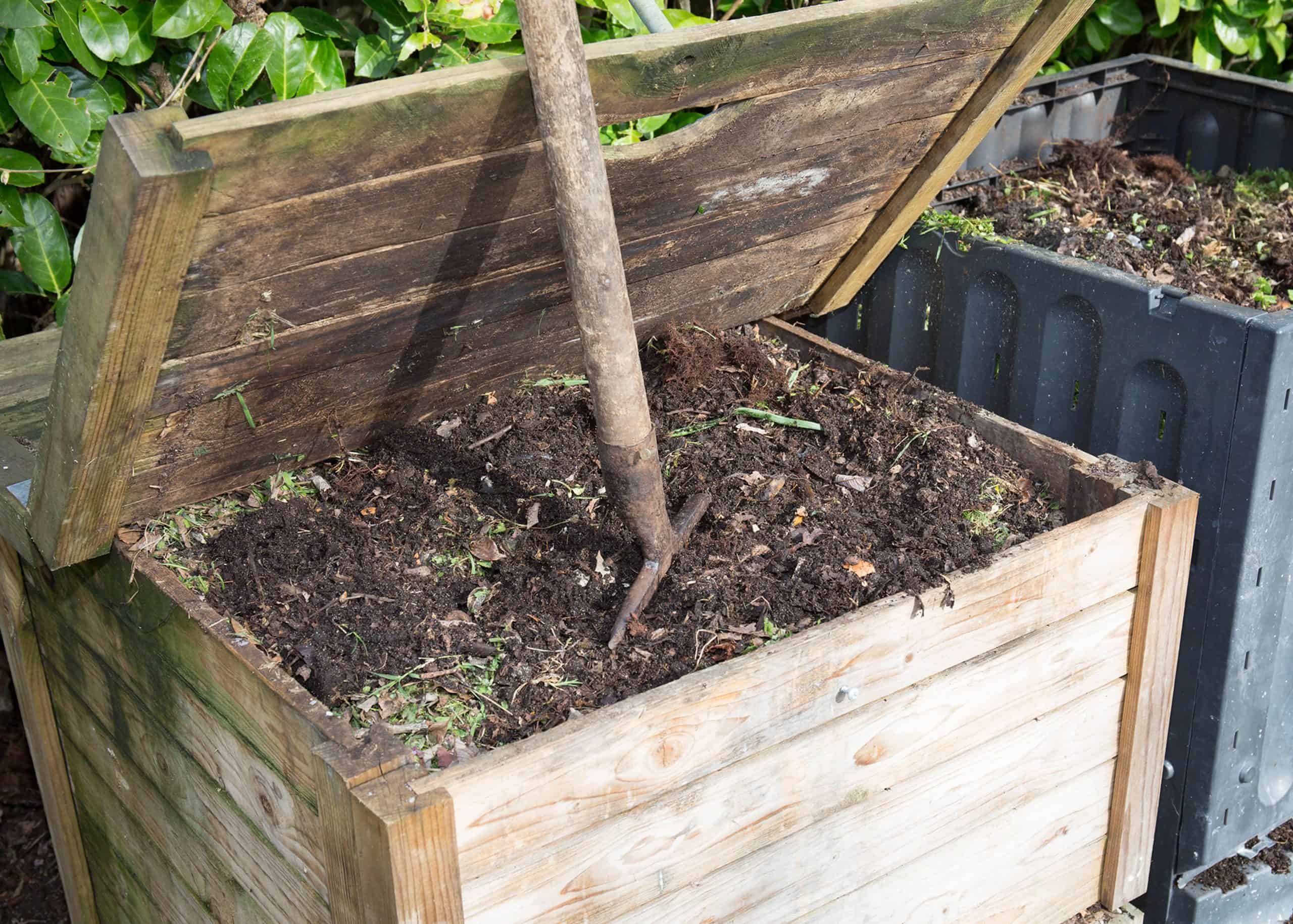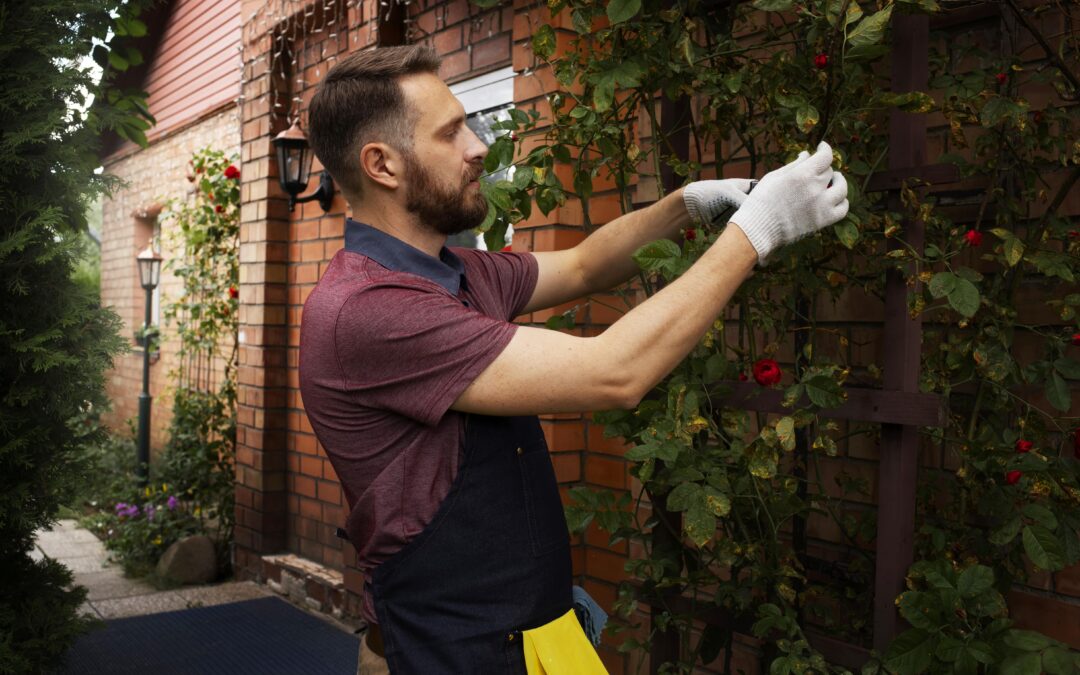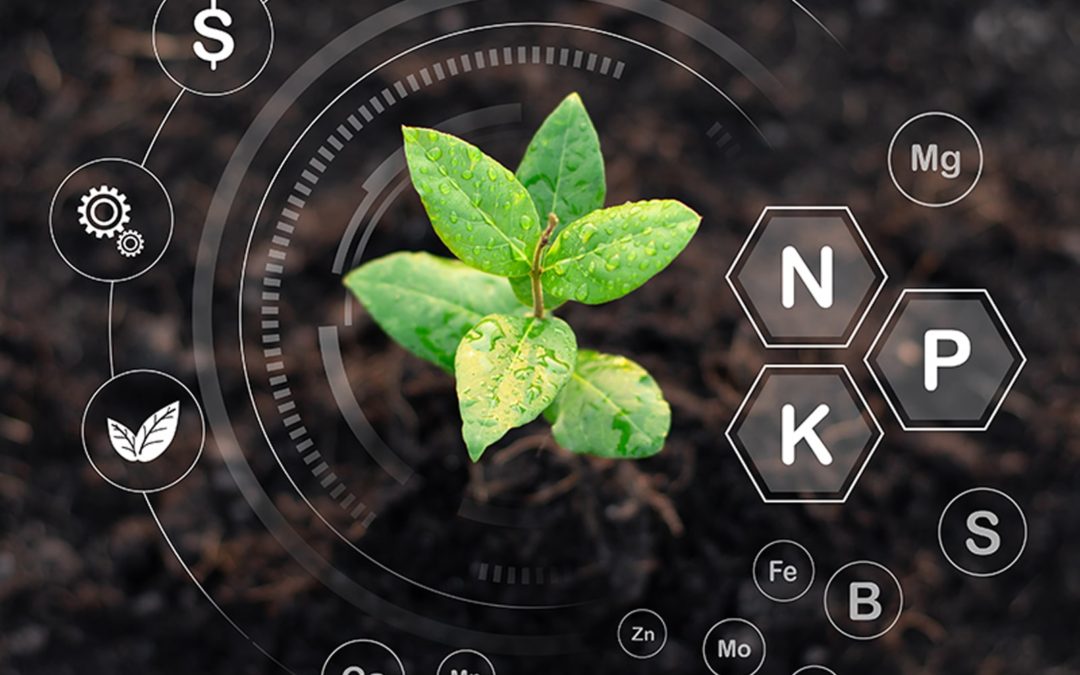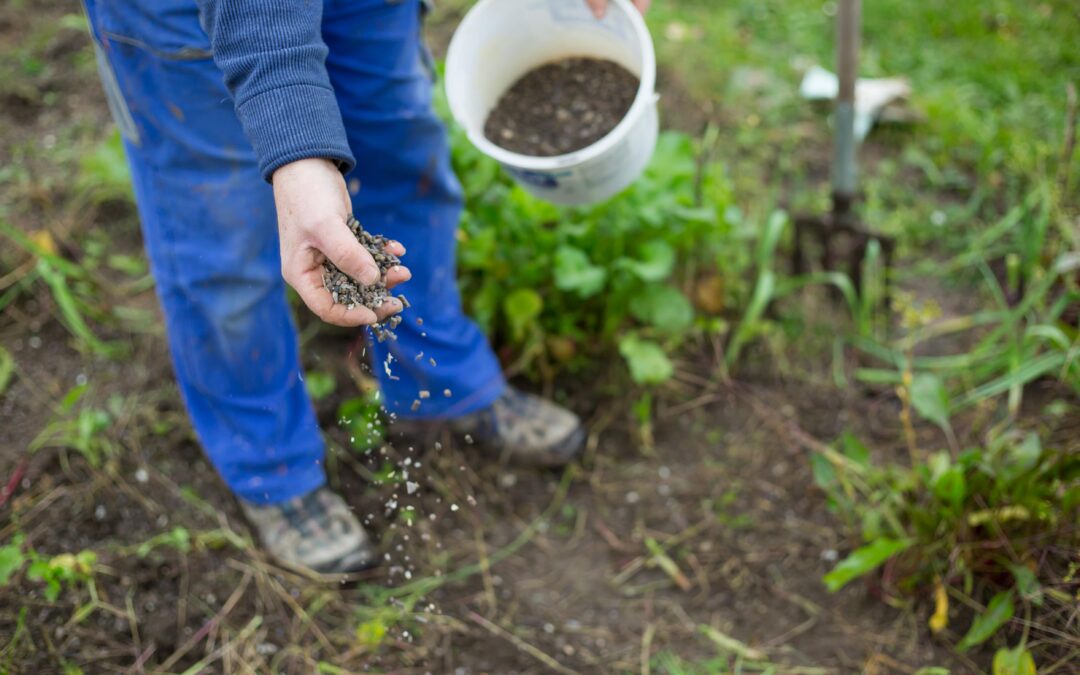Compost is made by decaying organic materials into simpler organic components together with inorganic components by microbes & bacteria in a procedure called composting. For example, a banana peel in a waste container will eventually decay, as will all natural and organic waste, thanks to the assistance of microbes in the atmosphere that live on the decaying matter.
Composting is a process that accelerates the degeneration of organic waste by setting up the perfect conditions for microorganisms to thrive and rapidly decompose that waste. The end-product originated from that procedure is nutrient-rich soil that can supplement soil structure and aid crops, garden plants and trees to grow.
How is Garden Compost Created?
Microorganisms are present everywhere, and to create compost, it’s crucial that you establish the ideal environment for these beings to grow. That involves having warm temperatures, nutrition, moisture content, along with an abundance of oxygen.
Scientifically, there are 3 phases in the composting cycles in which different organisms are active:
First phase
Mesophilic microbes carry out the initial decomposition phase by quickly breaking soluble, readily degradable substances. The heat they produce causes the garden compost temperature level to increase.
Second phase
As the temperature levels go up, the heat-loving thermophilic microorganisms take over the garden compost to break down organic components into smaller sized components, given that the higher temperatures are useful for breaking down proteins, fats, and complex carbohydrates. Use mechanisms like oxygenation as well as turning over the compost heap to avoid temperatures from increasing above 149 degrees F (65 degrees C) to keep the microorganisms from dying.
Third phase
As the supply of energy compounds gets used up, the compost temperature gradually decreases and the mesophilic microorganisms again take control of composting and begin breaking down the remaining organic materials into useful plant-friendly compost.
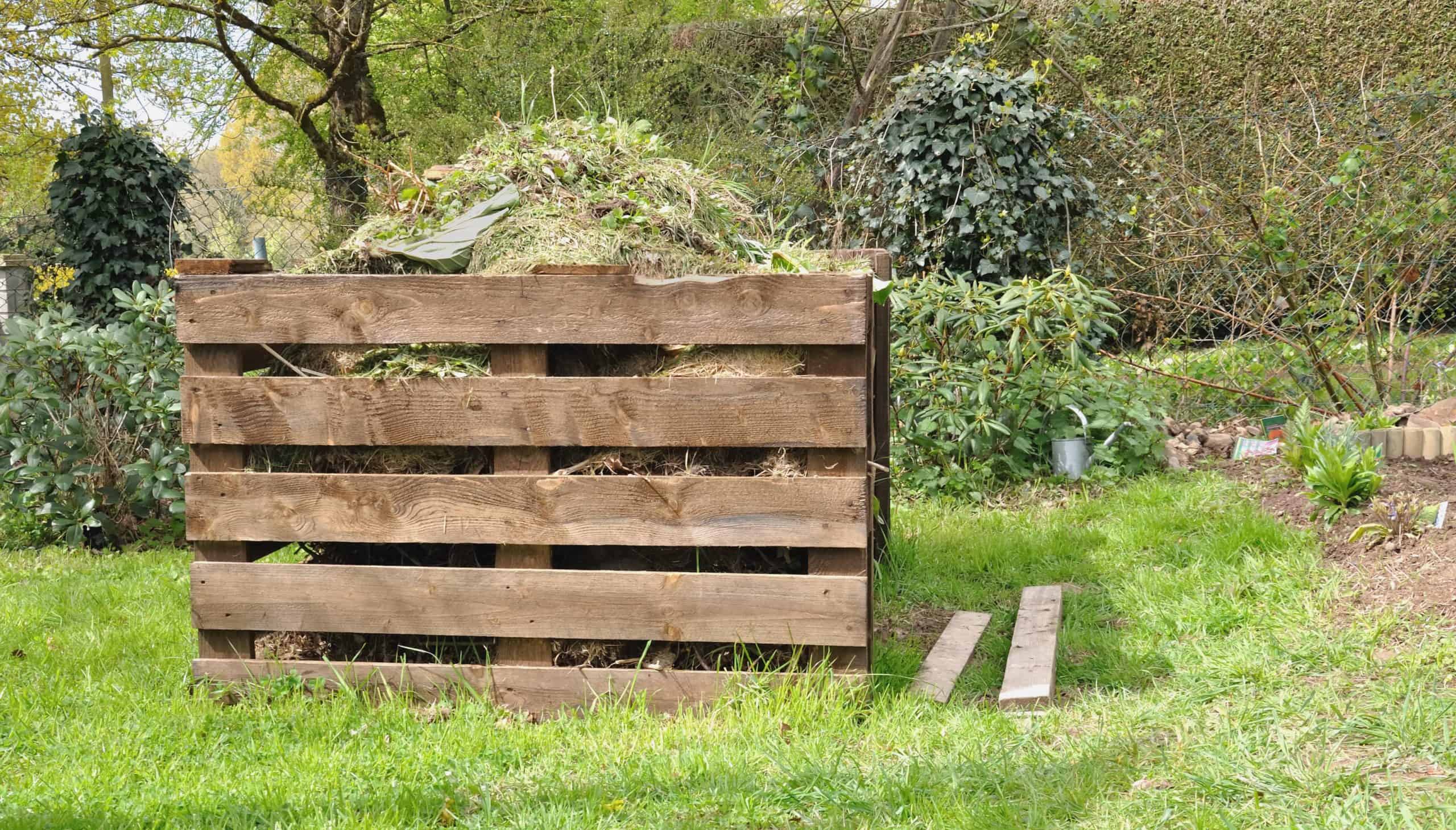
Microbes in Compost
We can split composting bacteria in to two dominant classes, specifically aerobes as well as anaerobes.
Aerobes are bacteria that just survive with oxygen levels of a minimum of 5 percent to degrade organic matter. They consume organic matter and eliminate chemicals including nitrogen, phosphorus and even magnesium, which are nutrients plants need to grow.
Anaerobes are microorganisms that do not require oxygen to grow. They are not as valuable as aerobes because they can not break down waste as efficiently. And also, anaerobes generate chemicals that are occasionally toxic to plants, and they trigger compost piles to stink since they produce hydrogen sulfide.
Eighty to ninety percent of microorganisms in compost are microorganisms. The remaining percent are fungi, that include molds and yeasts. Besides microbes and fungi’s, other pests such as pill bugs, centipedes, as well as worms will also discover their way to the compost pile, especially if you have an open-bottomed design. These pests likewise break down organic components in your compost pile (i.e., food waste) and help convert those components into nutrient-rich soil.
Vermicomposting is a type of composting that uses various worms’ species, including red wigglers, white worms, and others to break down organic matter.
What Goes into Compost Heaps?
It’s not headlines that having a proper balance of “greens” and “browns” is important to develop a natural environment in which microbes can grow. Greens are nitrogen-rich and include items such as grass clippings, vegetables and fruit waste, along with coffee grounds. Browns are carbon-rich yard waste, such as dead leaves, branches, dry twigs and straw.
A carbon-to-nitrogen ratio in between 25 to 1 or 30 to 1 is optimal for fast composting because they support microbes. Bacteria consume carbon to get energy and release it as CO2 and heat up. At the same time, they feed on nitrogen to grow and reproduce themselves. Having the ideal balance is essential.
Too much carbon in the compost heap will certainly slow down decomposition as well as reduce the warm created by bacteria because they will not be able to grow as rapidly as required. Too much nitrogen can make your compost pile release an ammonia smell and raise its acidity, which can be toxic for some species of bacteria.
Besides having a well-balanced carbon-to-nitrogen ratio, you also require correct moisture (between forty and sixty percent) to have enough moisture to stop microorganisms from coming to be inactive state and sufficient to maintain the pile with healthy oxygen levels. This equilibrium is vital since excess moisture content can trigger aerobic bacteria to suffocate, while additionally causing the pile to stink.
Below are carbon-rich materials you can include in a pile:
– Sawdust
– Yard trimmings such as grass, dry fallen leaves, branches, twigs
– Shredded paper, paper, cardboard
– Sawdust
– Woodchips
– Cotton
– Pine needles
– Peanut shells
– Straw
– Ashes (from wood)
– Corn stalks
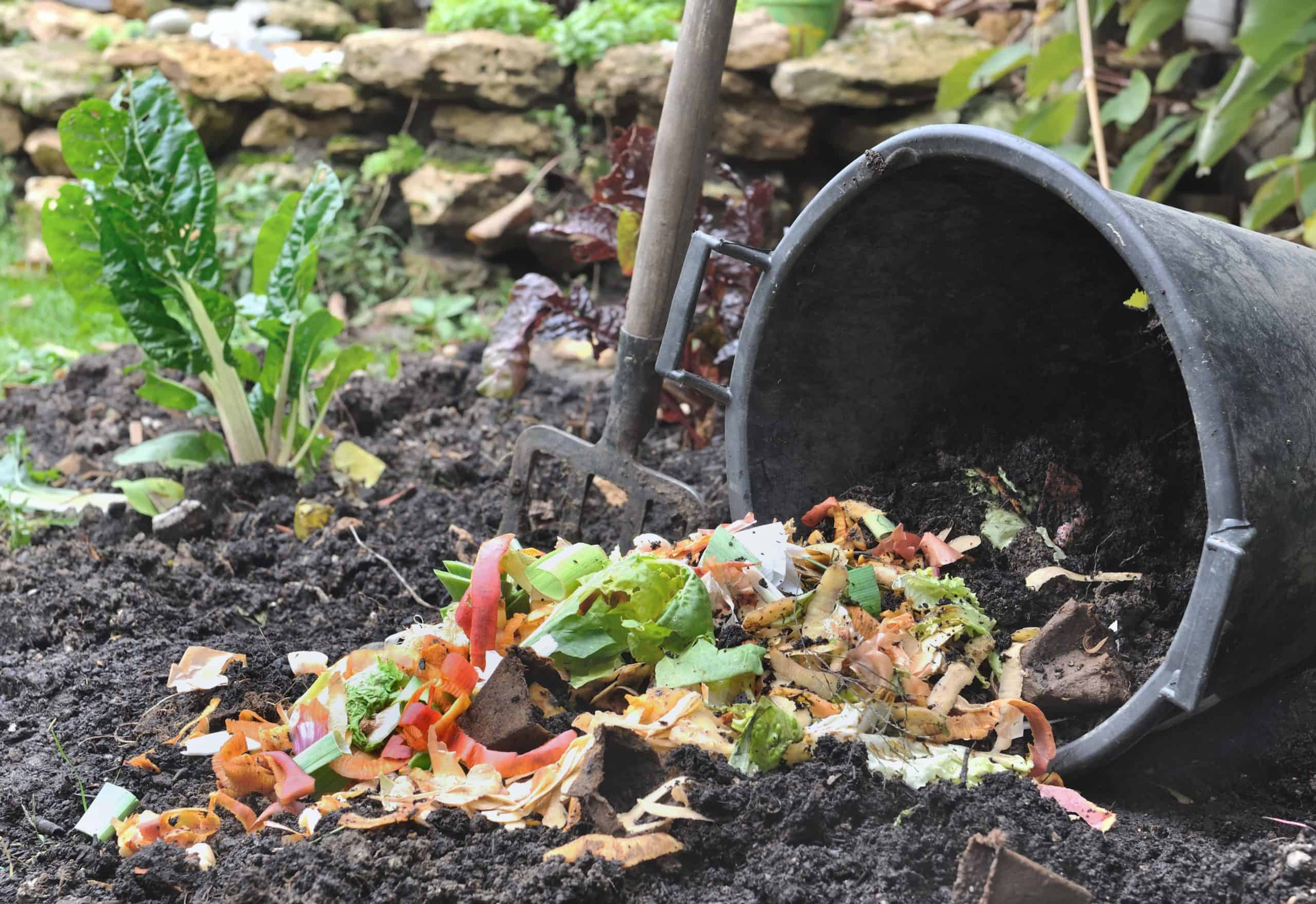
Below are the nitrogen-rich ingredients you can additionally include:
– Vegetable plus fruit scraps
– Coffee grounds
– Grass cuttings
– Manure
– Hay
– Weed
– Seaweed
– Alfalfa
– Clover
There are some components you can not compost, for example:
– Yard trimmings treated with chemical pesticides since they might kill off microbes
– Pet waste (such as pet dog or cat feces, and cat litter) since it might have unsafe microorganisms, parasites, or infections
– Dairy products, eggs, fats and oils, meat or fish scraps, due to potential smell problems that attract parasites as well as rodents
– Diseased or insect-infested plants, as the illness or insects may pass onto other plants
– Coal or coal-ash because it might consist of materials harmful to plants
Commercial centers can also accumulate items like food containers or compostable dinnerware as well as utensils identified BPI Certified Compostable. Big industrial centers can additionally compost milk, eggs, and various other animal items due to the fact that they have ways to control warmth and the process of composting.

